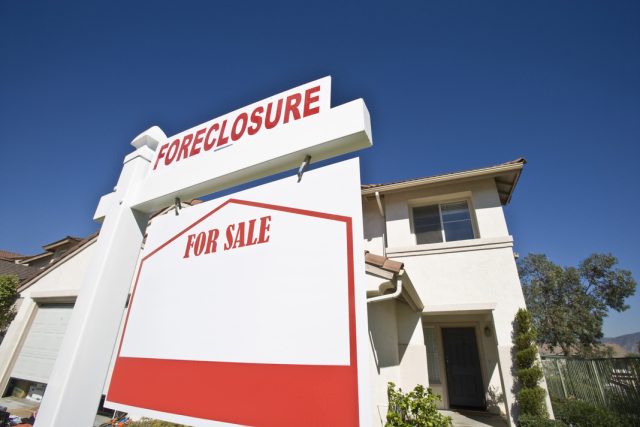
Foreclosure—this term has been associated with significant market fluctuations and has been an area of concern for residential real estate brokers, especially post-2008.
The economic repercussions of the Covid-19 pandemic had many anticipating a significant surge in foreclosures, similar to the ones experienced during the 2009 and 2010 financial crises. However, the current real estate landscape is presenting a divergent narrative, demonstrating resilience and adaptability.
Contrary to prior speculations, foreclosures have not seen a substantial increase. Several factors contribute to this unforeseen stability, and understanding them can equip residential real estate brokers with the insights needed to navigate the evolving market dynamics more efficiently.
Equity in Property
Unlike the situation in 2009 and 2010, a majority of homeowners today have equity in their properties.
This financial cushion has undoubtedly played a crucial role in preventing a surge in foreclosures. Homeowners, having learned from past mistakes, have been more cautious and informed in managing their property equity, creating a more stable and secure real estate environment.
Advanced Lender Strategies
Lenders have significantly refined their approaches since the last financial crisis.
Enhanced knowledge and implementation of modifications and short sales have contributed to a more flexible and resilient mortgage landscape. These improved strategies have been instrumental in averting potential foreclosure spikes, ensuring sustained market stability.
Dearth of Inventory
The current market is experiencing a shortage of inventory, making selling a feasible and often lucrative option for many homeowners.
This scarcity has created a sellers’ market, where the demand surpasses the supply, thus elevating property values and reducing the likelihood of foreclosures.
Employment Resilience
With the economy recovering, many have returned to work, restoring financial stability to numerous households.
Those still facing employment challenges have better options and support systems compared to previous years, contributing to an overall decrease in foreclosure risk.
Extended Foreclosure Filings
Lenders are exhibiting increased patience, taking more time to file foreclosures, particularly in the commercial sector.
This elongated timeframe has allowed for more negotiation and resolution opportunities between lenders and borrowers, ultimately reducing the number of foreclosures.
Reflection on Predictions
Initial predictions, including my own, foresaw an increase in foreclosures, especially post-Covid forbearances.
The anticipation was that modifications would stall, and many would fail, leading to a surge in foreclosures. However, the aforementioned factors have ensured such predictions have not materialized, painting a more optimistic picture of the real estate sector.
Implications for Brokers
For residential real estate brokers, recognizing these market trends and underlying factors is imperative. It enables more accurate market analyses, informed advising to clients, and better strategy formulation to navigate the current real estate environment.
The market’s resistance to a surge in foreclosures is indicative of the lessons learned from past crises and the subsequent innovations and improvements made in lending and property management. Brokers can leverage this knowledge to optimize their practices, adjust their expectations, and provide more precise, reliable advice to their clients, thereby fostering more successful transactions and sustained market growth.
The Minchella & Associates Difference
With over 40 years of experience in Illinois real estate law, Erica Minchella has represented thousands of home sellers and buyers, landlords, and commercial and investment property owners. For more information, schedule a consultation today.

